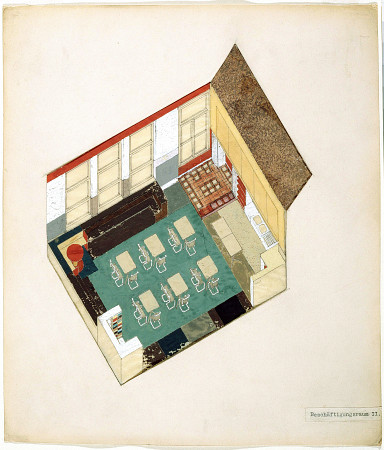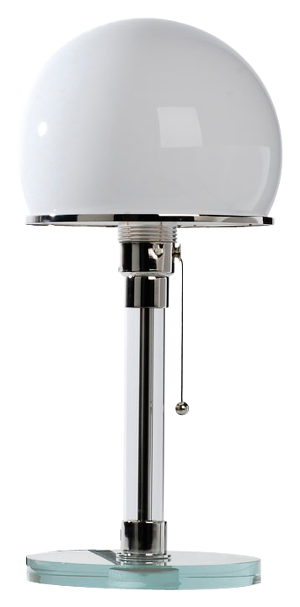
Design for a Montessori kindergarten by Franz Singer and Friedl Dicker
Design for a state-run Montessori kindergarten in Vienna by Franz Singer and Friedl Dicker, 1930-31, Bauhaus-Archiv Berlin
Investigation of the estates of Franz Singer and Friedl Dicker
Friedl Dicker and Franz Singer grew up in Vienna and met each other in 1917 while attending Johannes Itten’s private art school there. In 1919 they followed their instructor to the newly established Bauhaus in Weimar where they completed their studies four years later. After graduation, they founded the Werkstätten Bildender Kunst (Fine Art Workshops) in Berlin-Friedenau where they produced theatre sets, costumes, fabrics, book bindings and jewellery. In 1925 they returned to Vienna and started a creative design studio. There they produced furniture designs, interior furnishings and a number of buildings. The nascent upswell of National Socialism made it increasingly difficulty for the two Jewish artists to earn a living, until finally they were forced to resettle abroad in 1933/1934. Dicker, who began focusing more on art education after 1931, moved to Prague. In 1942, she was deported to the concentration camp in Theresienstadt, and in 1944, was murdered in Auschwitz. Singer had moved to London where he continued working as an architect. He died in 1954 while visiting Berlin.
In 1970, the Bauhaus-Archiv – still in Darmstadt at the time – staged the first exhibition on Dicker and Singer after receiving an extensive donation from Singer’s sister Frieda Stoerk. The art historian Katharina Hövelmann has now scientifically studied and indexed some 3,700 photos and 3,500 architectural plans and drawings by Dicker and Singer stored at the Bauhaus-Archiv. Especially the photos provide a detailed view of many of the interior design projects created in Vienna. The collection includes a number of Dicker’s and Singer’s studies made during the preliminary course at the Bauhaus, as well as coloured perspective drawings and axonometric sketches which were attributed to their corresponding projects and customers for the first time. The investigation has brought to light new insights into the working methods and design processes of the creative design studio which Dicker and Singer first developed at the Bauhaus.
